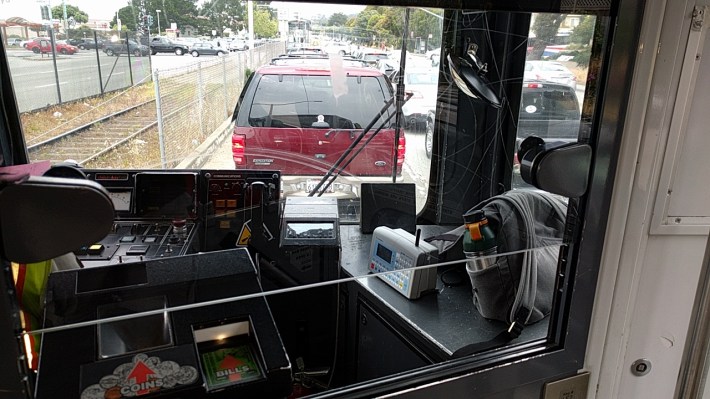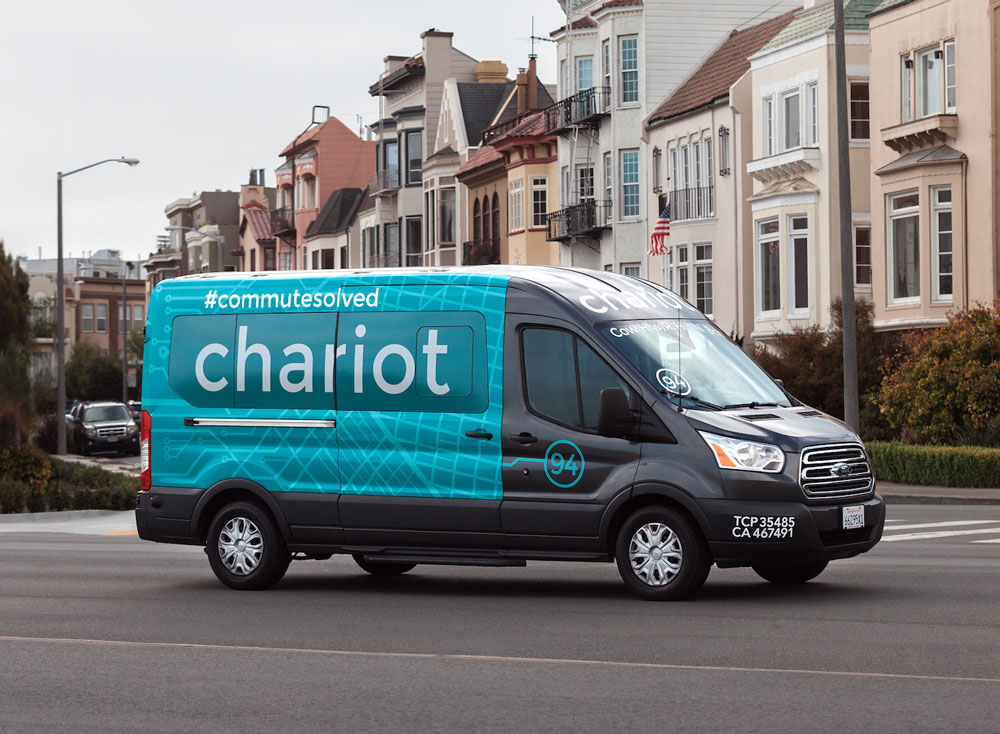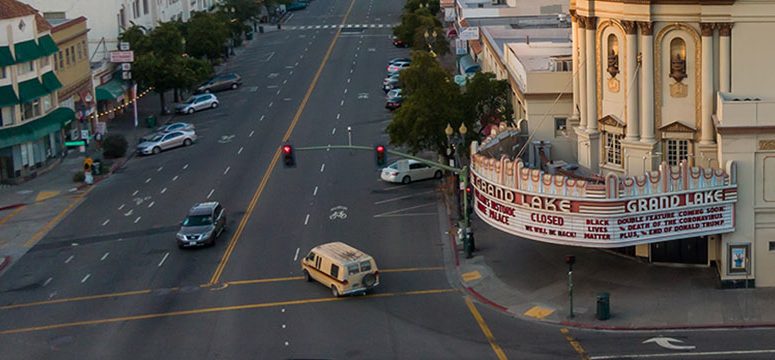Last week, members of the Board of Supervisors’ Land Use and Transportation Committee were "shocked" to hear that a hugely disproportionate number of traffic violations in downtown San Francisco are committed by Transportation Network Companies (TNC), mainly, Uber and Lyft. The rub is that Uber and Lyft, since the cars are owned by private citizens, are regulated by the state--beyond San Francisco's jurisdiction. The city can issue them traffic tickets, but that's it.
But the city can regulate jitneys--small buses or vans, running on fixed routes, picking up passengers. This afternoon, the SFMTA board of directors was supposed to hear a staff report and plan, available online, for regulating jitneys. But the item was pulled near the start of the meeting (apparently because staff wanted to work on it more).
Regulating jitneys actually means regulating Chariot, the only company currently operating them in San Francisco. It's an app-based jitney service, owned by Ford Smart Mobility, that uses Ford Transit Shuttle vehicles, seen in the lead photo. Techcrunch did a great breakdown on Chariot's history, goals and operations.
Jitneys, meanwhile, have been around for a long time. From the background section of the SFMTA report:
They first appeared during World War I, when car owners across the country began travelling along streetcar routes and taking passengers for a fare. Most cities in the country banned these services, known as “jitneys,” after heavy lobbying from the streetcar companies, but in San Francisco they were allowed to continue operating along certain routes.
It took a long time, but the city ultimately 'regulated' the historic jitneys out of existence by refusing to issue new operator permits. The last jitney, which shuttled between the Caltrain station and Market Street, finally went away in 2016.
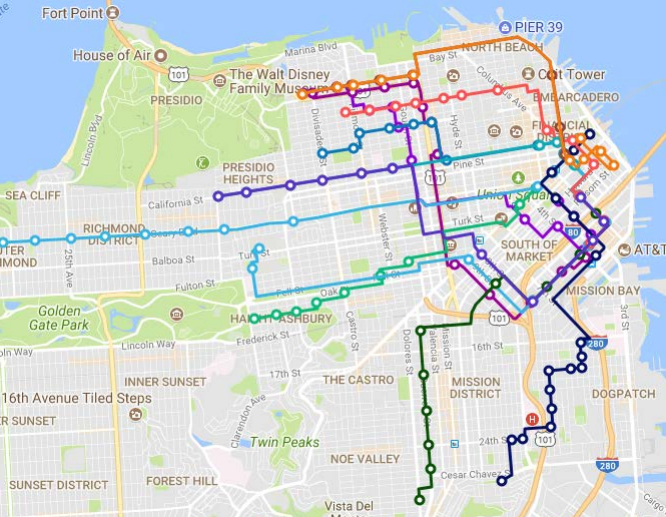
In pursuit of a new permitting and regulation regime for modern jitneys, San Francisco has been holding negotiations with Chariot, conducting public outreach, and checking in with the SFMTA Citizens Advisory Council for a while now, as reported in the SF Examiner. The resulting staff report specifies a permitting program with fees, as laid out in the charts below:
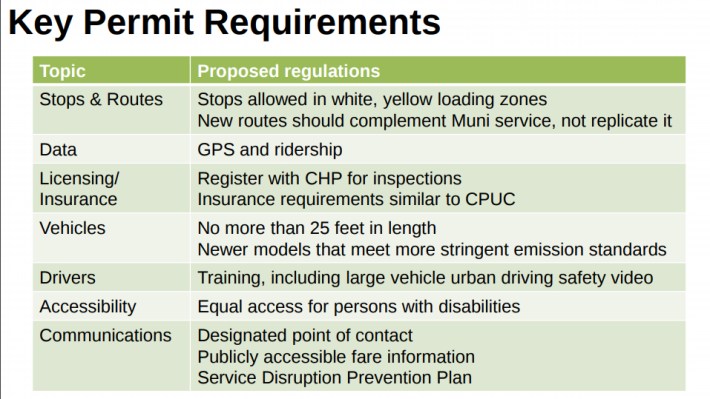

The report cites San Francisco's 'Transit First' policy as justification for the permit plan. Meanwhile, as Streetsblog has pointed out before, the M-Oceanview line waits for privately owned automobiles to turn left into the Stonestown Mall before it can proceed into its station. There are similar examples throughout the system where transit is definitely not first, and it's a big part of why Muni trains and buses can be so maddeningly slow and unreliable. It seems ironic for SFMTA to use 'Transit First' to justify regulating a privately run transit company, when it doesn't apply that dictum to its own operations.
Maybe if it did, there wouldn't be a market for Chariot in the first place.
